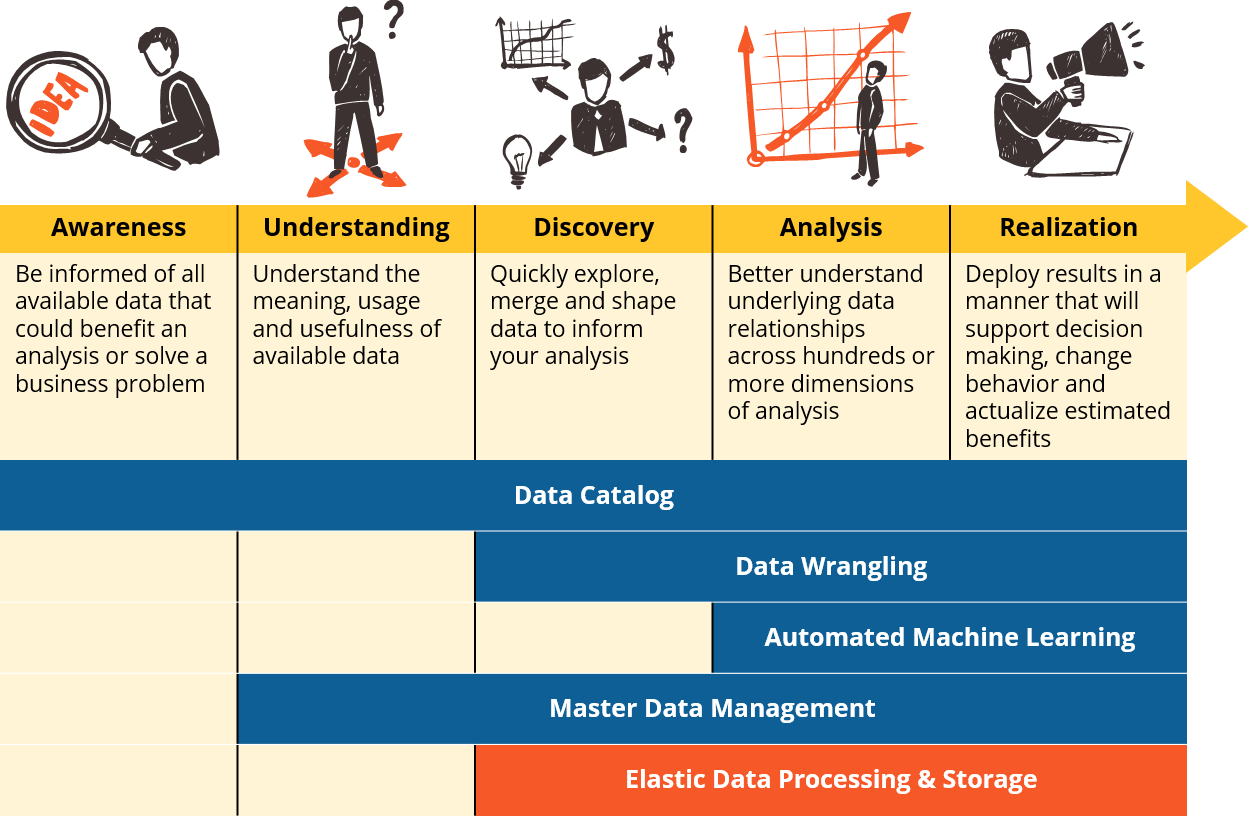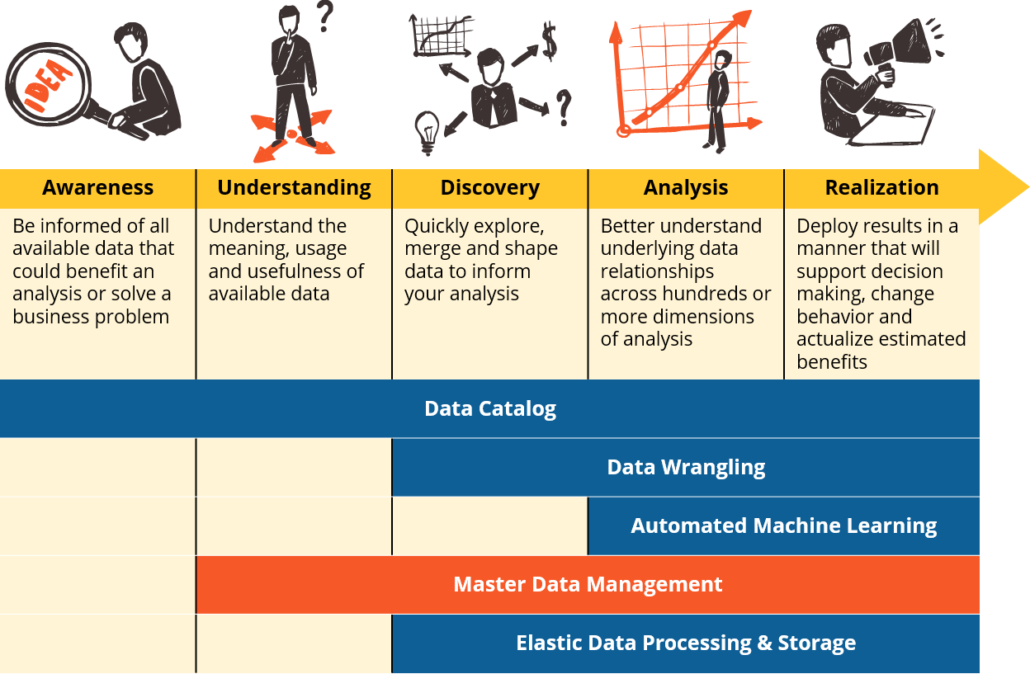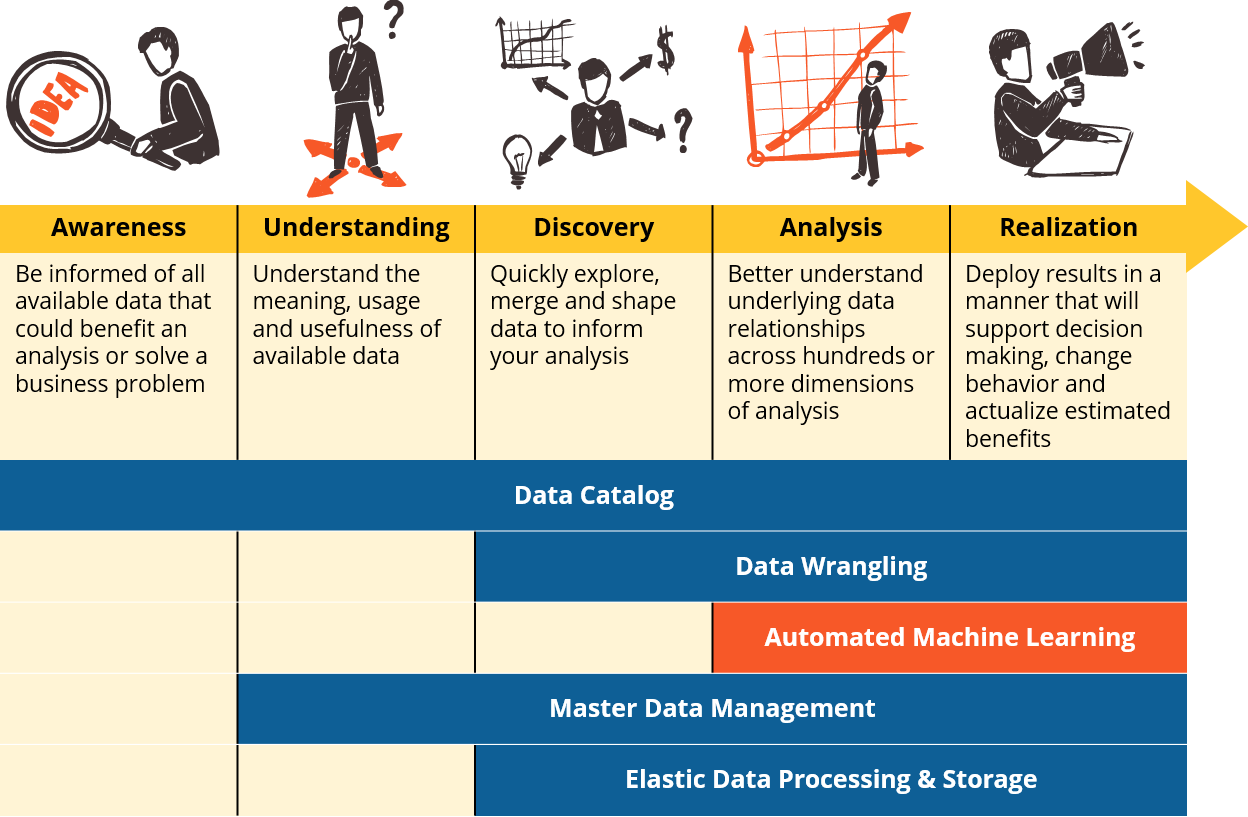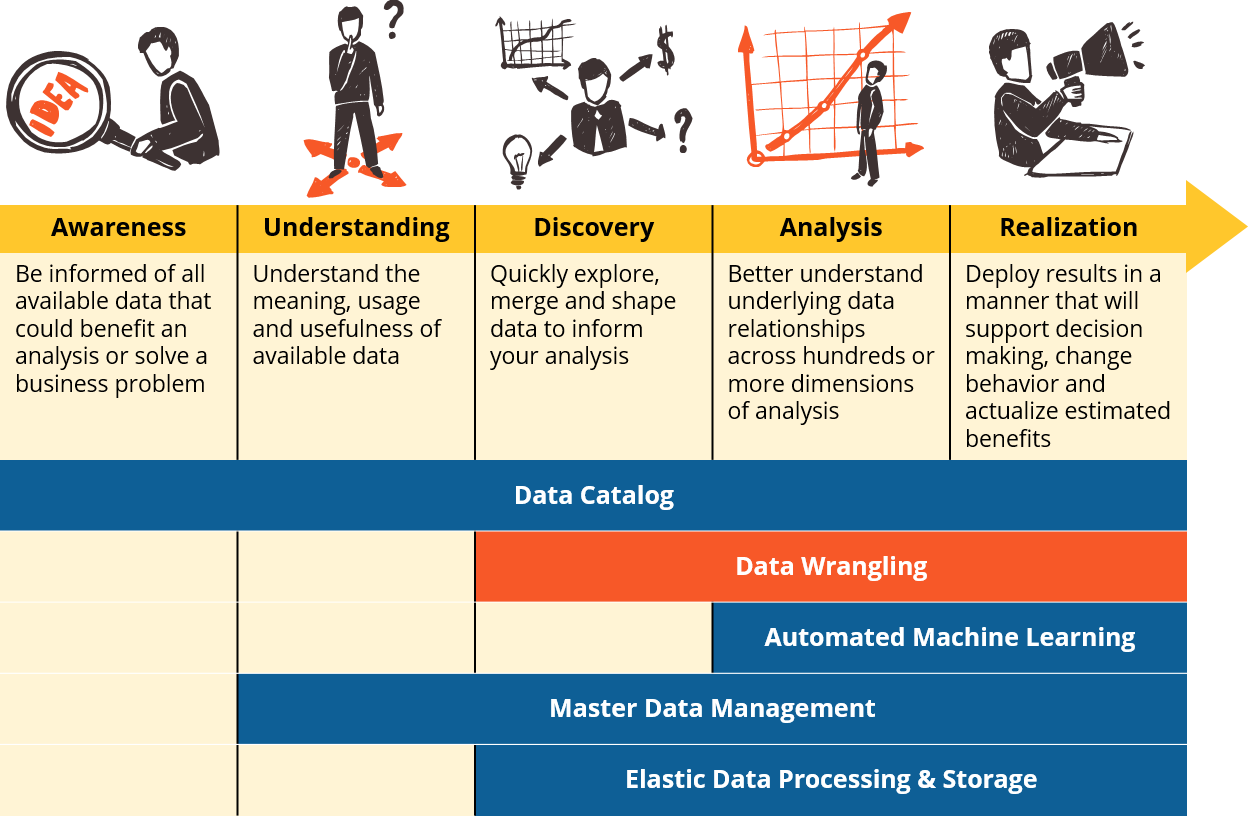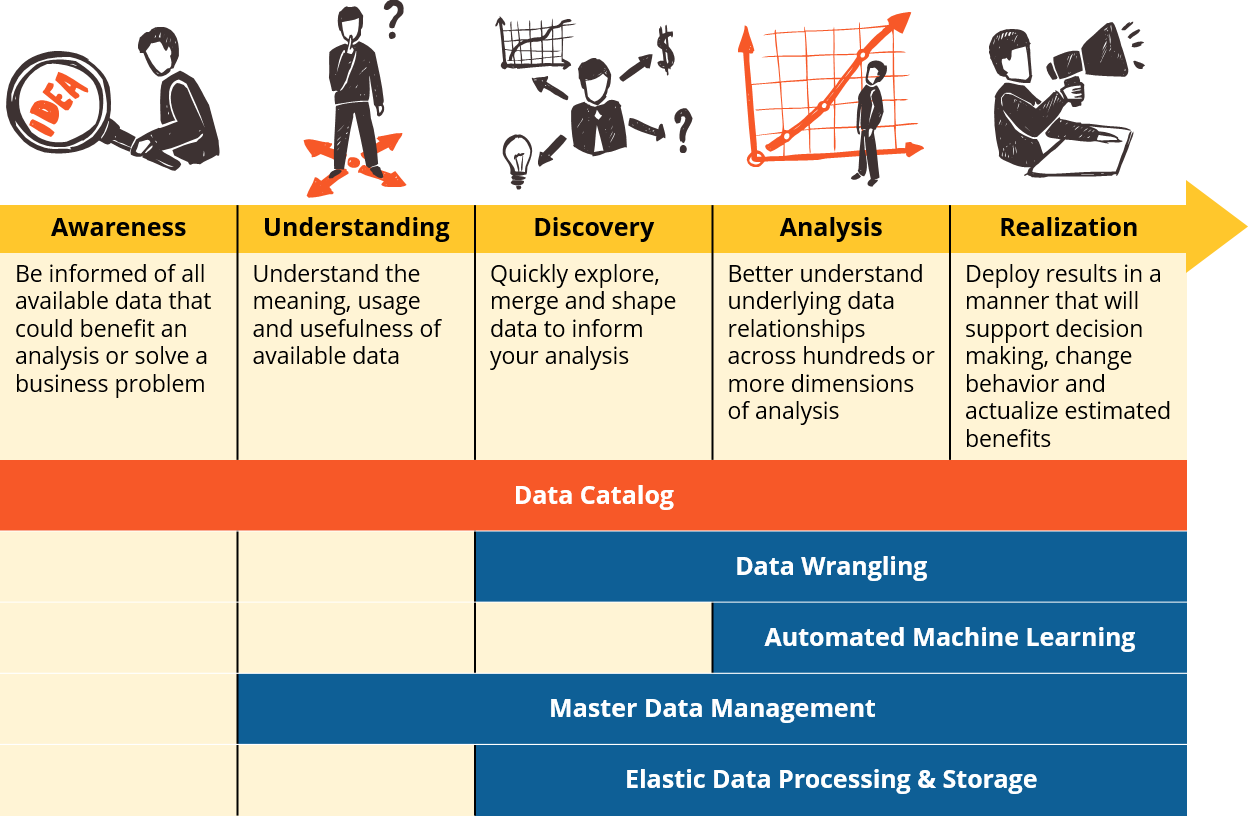Tag Archive for: Strategy
https://www.ironsidegroup.com/wp-content/uploads/2018/06/bigstock-221104606.jpg
350
750
Ironside Group
https://www.ironsidegroup.com/wp-content/uploads/2018/03/logo-with-words.png
Ironside Group2018-06-08 09:05:092019-03-28 13:43:53Five Essential Capabilities: Elastic Data Processing & Storage
https://www.ironsidegroup.com/wp-content/uploads/2018/05/master-data-management.jpg
350
750
Ironside Group
https://www.ironsidegroup.com/wp-content/uploads/2018/03/logo-with-words.png
Ironside Group2018-06-07 07:55:242019-06-20 14:28:40Five Essential Capabilities: Master Data Management
https://www.ironsidegroup.com/wp-content/uploads/2018/05/bigstock-Industrial-robot-with-conveyor-191083657.jpg
350
750
Ironside Group
https://www.ironsidegroup.com/wp-content/uploads/2018/03/logo-with-words.png
Ironside Group2018-06-06 09:14:442019-01-28 09:12:31Five Essential Capabilities: Automated Machine Learning
https://www.ironsidegroup.com/wp-content/uploads/2018/05/bigstock-197264191-1.jpg
350
750
Ironside Group
https://www.ironsidegroup.com/wp-content/uploads/2018/03/logo-with-words.png
Ironside Group2018-06-05 08:25:072019-01-28 09:14:40Five Essential Capabilities: Data Wrangling
https://www.ironsidegroup.com/wp-content/uploads/2018/05/bigstock-192547147-1.jpg
350
750
Ironside Group
https://www.ironsidegroup.com/wp-content/uploads/2018/03/logo-with-words.png
Ironside Group2018-06-04 08:28:552019-01-28 09:15:54Five Essential Capabilities: The Data Catalog
https://www.ironsidegroup.com/wp-content/uploads/2018/05/bigstock-Young-Plants-Growing-In-A-Very-102736094.jpg
350
750
Ironside Group
https://www.ironsidegroup.com/wp-content/uploads/2018/03/logo-with-words.png
Ironside Group2018-05-29 11:48:112019-01-28 09:17:22Five Essential Capabilities of the Competitive Data-Driven Enterprise
https://www.ironsidegroup.com/wp-content/uploads/2018/03/bigstock-204693388-1.jpg
350
750
Ironside Group
https://www.ironsidegroup.com/wp-content/uploads/2018/03/logo-with-words.png
Ironside Group2018-05-02 11:47:532019-01-22 12:20:05A Marriage of Modes: Unifying Multi-Platform Analytics Ecosystems
https://www.ironsidegroup.com/wp-content/uploads/2018/02/bigstock-Start-Up-Business-Team-Colleag-200077264.jpg
350
750
Geoff Speare
https://www.ironsidegroup.com/wp-content/uploads/2018/03/logo-with-words.png
Geoff Speare2018-03-14 16:21:592019-01-22 12:20:52Data & Analytics Governance: Change is Happening. Are You Ready?
https://www.ironsidegroup.com/wp-content/uploads/2018/01/bigstock-Fist-Bump-Colleagues-Collabora-138988097.jpg
350
750
Ironside Group
https://www.ironsidegroup.com/wp-content/uploads/2018/03/logo-with-words.png
Ironside Group2018-03-05 15:40:472019-01-22 11:24:37Building a Bridge Between Business and IT
https://www.ironsidegroup.com/wp-content/uploads/2018/01/bigstock-190636042.jpg
350
750
Ironside Group
https://www.ironsidegroup.com/wp-content/uploads/2018/03/logo-with-words.png
Ironside Group2018-02-01 14:50:422019-03-18 09:50:18How Mature is Your Data?
Tag Archive for: Strategy
